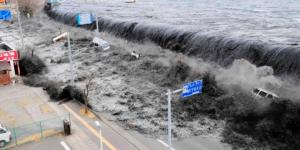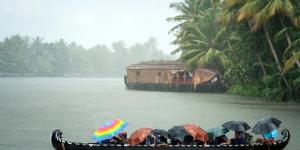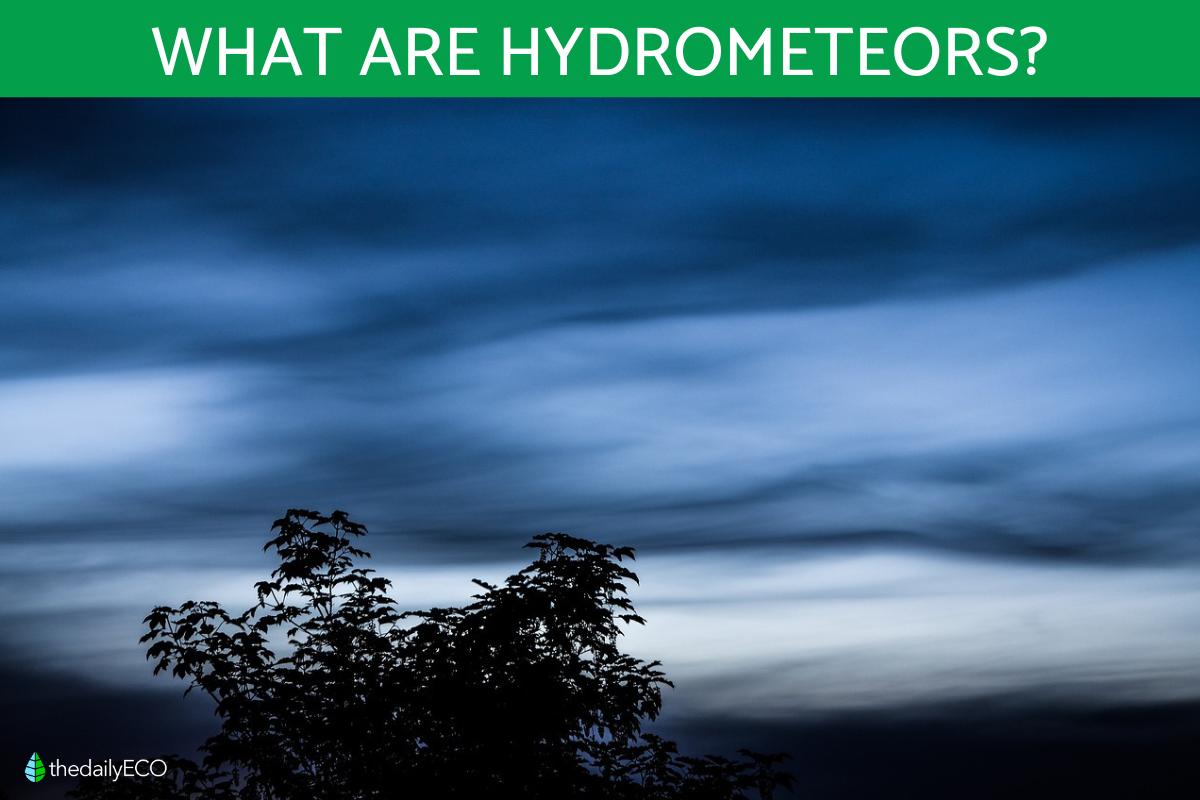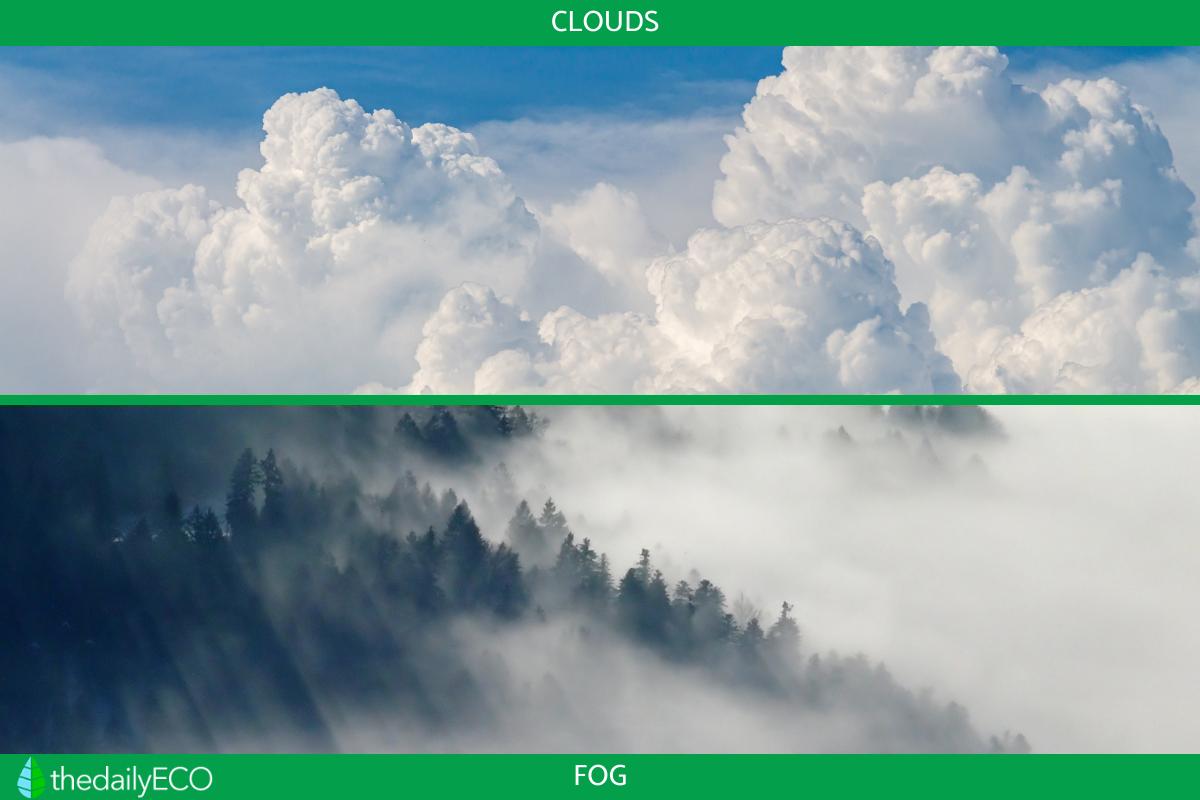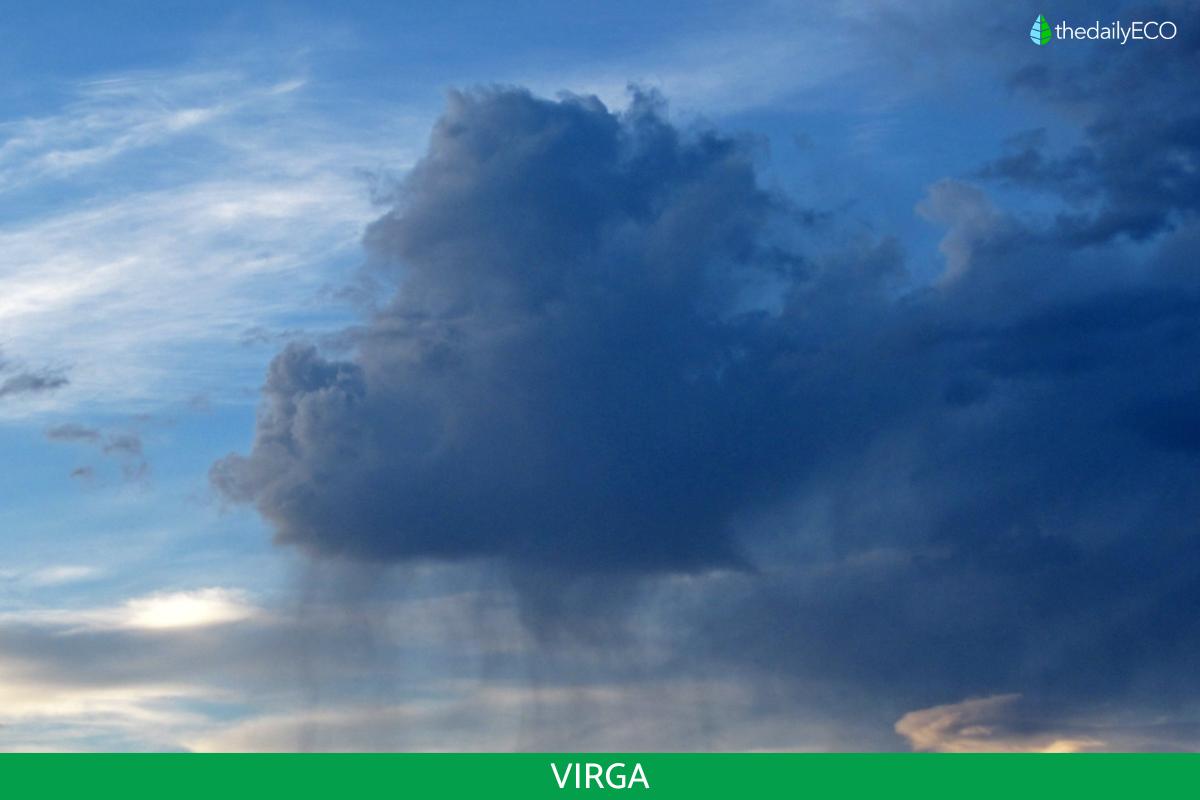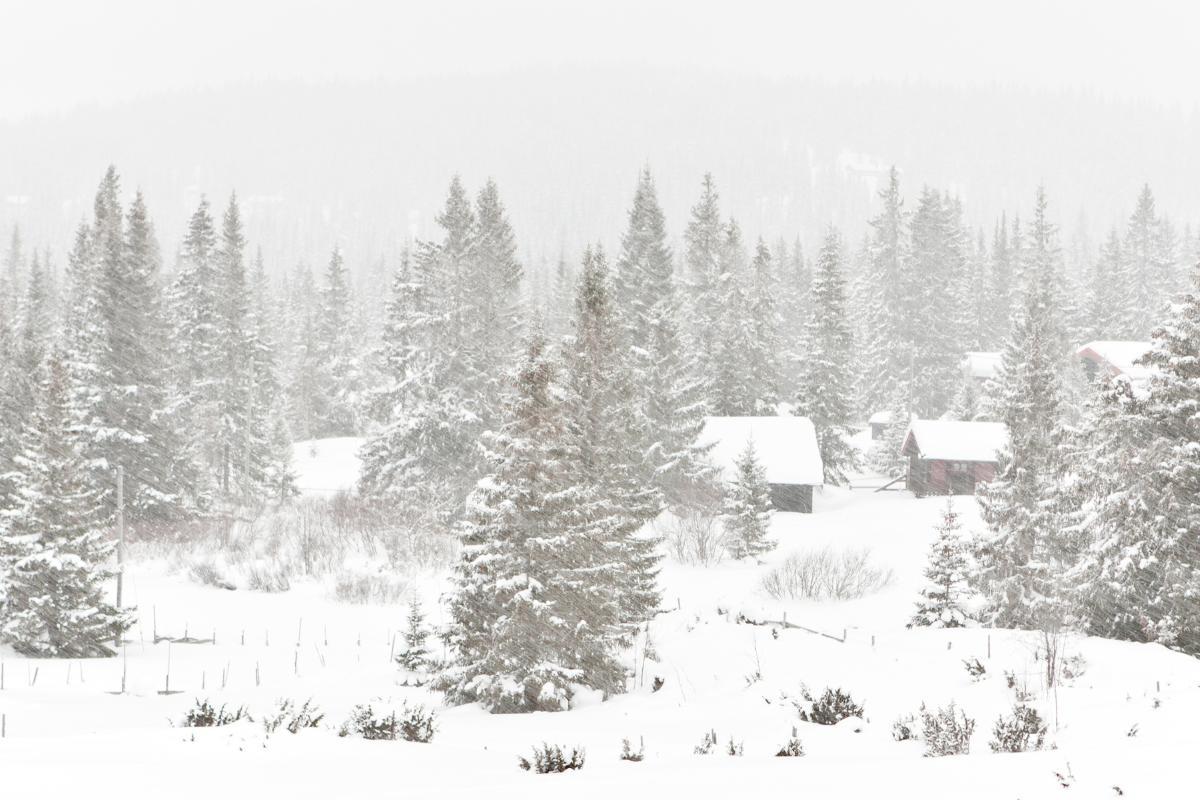What Are Hydrometeors? - Definition and Types


Hydrometeors are atmospheric phenomena related to the presence of water in the atmosphere, whether in liquid or solid form. While this encompasses precipitation, they differ in terms of overall concept. Since hydrometeors encompass all forms of atmospheric water, this means they include everything from clouds to rain, snow and hail. The study of hydrometeors is very important due to the influence suspended water particles have on the Earth, especially in terms of climate. However, they influence almost everything on Earth, including air quality, soil dynamics and human health.
At thedailyECO, we better understand this concept by asking what are hydrometeors? In addition to providing a definition, we look at the main types of hydrometeors and their impact.
What are hydrometeors?
Hydrometeors are atmospheric phenomena that encompass all water suspended in the Earth's atmosphere, as well as how it is transformed within it. These transformative events include a wide range of processes, such as cloud formation and the early forms of precipitation. The latter includes water droplets which become rain and ice crystals which become snow. In this sense, all precipitation is composed of hydrometeors.
Some examples of hydrometeors include:
- Clouds are one of the most visible types of hydrometeors. They form when water vapor in the atmosphere condenses around small suspended particles, such as dust or aerosols. These clouds can vary in shape, size and altitude. Their presence directly influences climate and weather. You can learn more about what clouds are and how they form with our related guide.
- When water droplets in clouds clump together and grow large enough, they fall to Earth as precipitation. Rain is the most common form of precipitation, with its intensity varying from light drizzles to heavy downpours. You can discover more about how rain is categorized with our article on what is a torrential downpour?
- Snow forms when water droplets freeze in the clouds and fall to the ground as ice crystals. This variety in precipitation is essential for maintaining hydrological cycles and the Earth's water supply. Snow forms from hydrometeors via a process known as nucleation. This is when hydrometeors in the form of ice crystals grow larger and turn into snowflakes which then fall to the ground. Discover different types of snow.
- Another interesting result of hydrometeors is hail. This forms when water droplets in clouds freeze in successive layers around a core of solid particles, usually grains of dust. The result is the formation of balls of ice of varying size. This hail can fall during intense storms.
An interesting example of hydrometeors is a weather phenomenon known as virga. This is the beginning form of precipitation which begins in the upper levels of the atmosphere, but which never falls down further to the Earth. This is because the precipitation either evaporates or sublimates before it can reach the ground thanks to various atmospheric conditions.
You can learn more with our article on what is virga in weather'
How hydrometers form
Suspended particles are small solid or liquid particles found in the atmosphere. They play a fundamental role in the formation of hydrometeors. These particles can vary in size and composition. Their presence in the atmosphere affects air quality, cloud formation and atmospheric dynamics.
There are various sources of suspended particles, ranging from natural processes to human activities. Natural sources include forest fires, volcanic eruptions and soil dust, as well as emissions from plants and other organisms. Human activities, such as the burning of fossil fuels, industry and agriculture, also contribute significantly to the presence of particles in the atmosphere.
These particles act as condensation nuclei for the formation of clouds. When moisture in the air meets these particles, water vapor condenses around them. These then form water droplets or ice crystals, depending on the temperature. This process is essential for the creation and development of clouds and fog. In turn, this triggers precipitation in the form of rain, snow or hail. Learn the difference between mist, fog and haze.
In addition to their role in cloud formation, suspended particles also affect air quality and human health. Fine particles known as PM2.5 can penetrate the lungs and cause breathing problems. For this reason, monitoring and controlling particle emissions into the atmosphere are important to mitigate environmental impacts and preserve the health of ecosystems and the population. This is also why modern weather forecasts also include air quality reports.
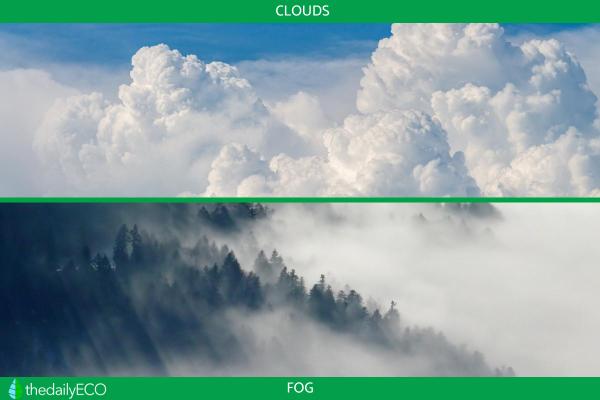
How hydrometeors become precipitation
Particles in precipitation begin as those suspended in the atmosphere. Under certain conditions, they group together and fall to the ground as part of the precipitation process. These particles can include various components, such as water droplets, ice crystals or solid particles. These will depend on temperature, humidity and other atmospheric factors.
When the particles suspended in the atmosphere reach a critical size, either due to the coalescence of water droplets or the aggregation of ice crystals, gravity begins to act on them. They eventually descend towards the Earth's surface. This process is known as precipitation, manifesting in various forms, such as rain, drizzle, snow or hail.
- Rain: water droplets that form rain typically have a diameter of around 0.5 millimeters. These droplets can merge with each other as they fall through the atmosphere, increasing in size before reaching the ground. Learn about one of the most fascinating aspects of rain in our article on why rain has a certain smell.
- Snow: made up of ice crystals that clump together into flakes and fall when temperatures are low enough to keep the ice solid.
- Hail: is formed when water droplets freeze around particles suspended in the clouds, generating concentric layers of ice.

How other particles affect hydrometeors
Particle deposits refer to the accumulation of solid or liquid particles on the Earth's surface as a result of atmospheric processes. These deposits can take various forms and have significant impacts on the environment, air quality and human health. There are several types of particle deposits and their composition can vary depending on the geographic region and emission sources. Some common examples include:
- Atmospheric dust: fine dust particles that can be transported by wind from dry, desert areas.
- Volcanic ash deposits: after a volcanic eruption, fine particles ejected by the volcano can fall onto the surrounding land, affecting soil and water quality.
- Combustion particulate deposits: emissions from the burning of fossil fuels and industrial activity can generate particulate deposits in areas close to emission sources.
- Particle deposits in snow and ice: in cold regions, atmospheric particles can become trapped in snow and ice, affecting surface reflectivity and contributing to the phenomenon known as the albedo effect. Within particle deposits, the only particles that settle on surfaces that are hydrometeors are water, such as dew and frost.
Learn more about how the albedo effect affects climate with our related article.

Human influence on hydrometeors
Windblown particles are small solid or liquid particles that are transported through the atmosphere by the action of the wind. This process is known as wind erosion. Particles lifted by the wind are mostly particles of dust, sand, clay or other fine materials that are easily transported due to their light weight. These particles can be both from natural and human sources.
Unfortunately, human influence can increase wind erosion due to issues such as deforestation and overexploitation of the land. This is because a lack of vegetation increases susceptibility to wind erosion, as well as altering evapotranspiration.
Other meteorological phenomenon can be affect by human influence due to changing hydrometeors. An example is smog. This is when particles of pollution from human industry rise up and mix with fog. This is not considered precipitation since fog and smog remain in the atmosphere.
Learn about another way pollutants affect hydrometeors with our article on what is haze weather and its effects?

How are waterspouts related to hydrometeors?
Waterspouts are meteorological phenomena that are characterized by the presence of a rotating column of air that extends from a cloud to the water surface. They are generally associated with bodies of water, such as seas, lakes or rivers, and are classified into two main types, seawaterspouts and landspouts.
The reason waterspouts are related to hydrometeors is because they form due to the presence of water in the atmosphere. When the rotation process occurs, we can see the waterspout thanks to water vapor in the air condensing into water droplets. These waterspouts can occur both in fair weather and during severe thunderstorms.
Learn more about this weather phenomenon by finding out the difference between a waterspout and a tornado.

If you want to read similar articles to What Are Hydrometeors? - Definition and Types, we recommend you visit our Meteorological phenomena category.



